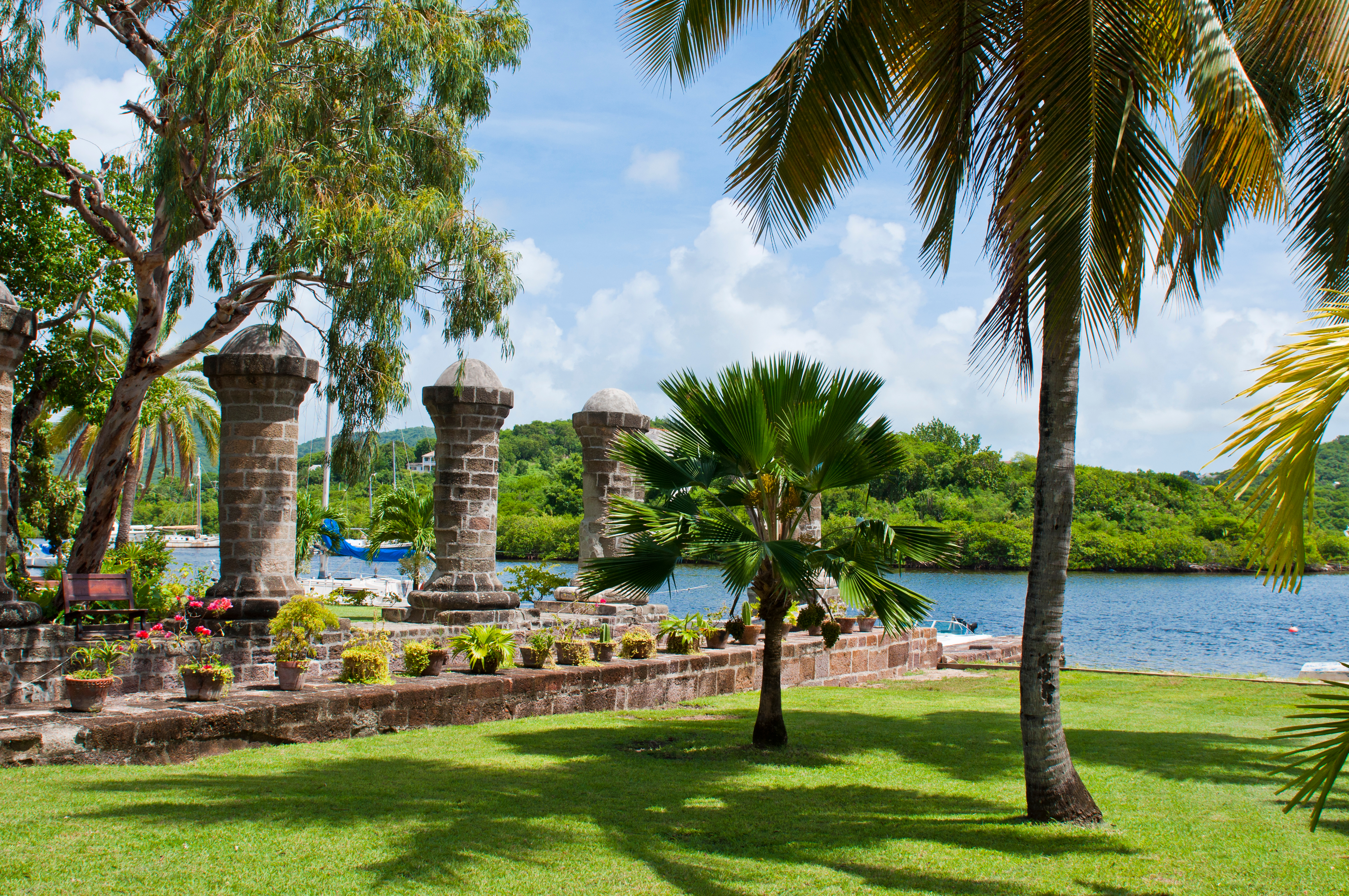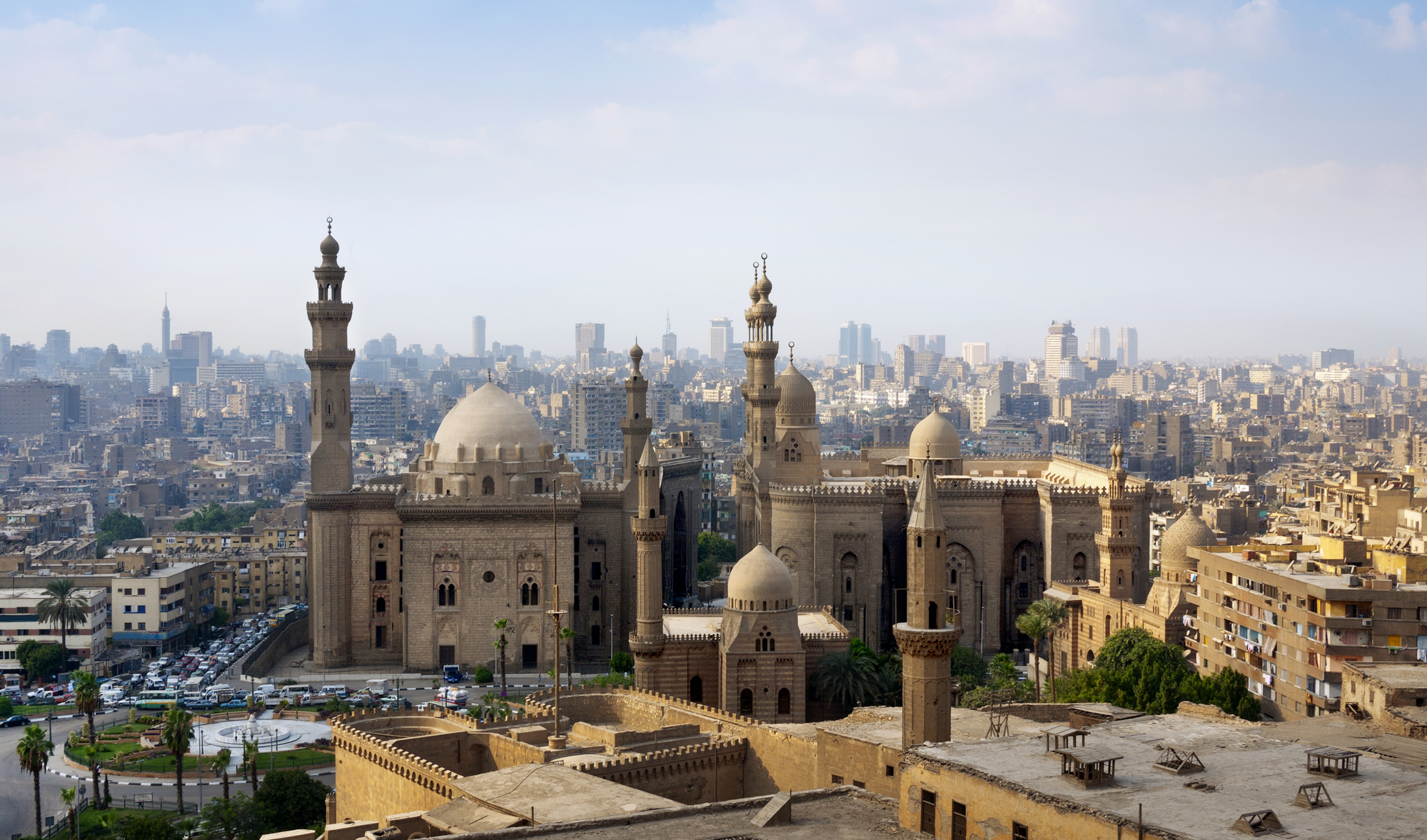Day 1 - Wednesday, May 10:
Evening departure from Toronto on Air Canada’s non-stop flight to London Heathrow. Dinner and a light breakfast will be served on board.
Day 2 - Thursday, May 11:
Morning arrival at Heathrow Airport. A comfortable private coach will be waiting to take us to Stonehenge, on Salisbury Plain in Wiltshire, where we will visit the world-famous UNESCO World Heritage Site featuring circles of Neolithic and Bronze Age megaliths (http://whc.unesco.org/en/list/373). Then we check into the nearby 4-star Hotel Holiday Inn Salisbury-Stonehenge (http://hisalisbury-stonehenge.co.uk). Free time to settle in, and dinner in the restaurant of our hotel.
Day 3 - Friday, May 12:
After breakfast we motor to Salisbury for a stroll through the attractive old town and a visit to the famous Cathedral, whose spire (123 metres) is the tallest in England; an original copy of Magna Carta is displayed in the interior. On to Bath in Somerset, a historic Roman and Georgian spa classified in its entirety as a UNESCO World Heritage Site. The Romans called Bath Aquae Sulis, Sulis presumably being a Celtic deity of healing, identified by the Romans with their goddess Minerva. During the Georgian Era, Bath became a fashionable spa, incrusted with neo-classical buildings, and today this attractive city, described as a “smorgasboard of attractions,” is one of England’s major tourist attractions. Panoramic tour of the city’s important sites and monuments: the Roman baths, Bath Abbey, Pulteney Bridge (with shops on both sides), Great Pulteney Street, and of course the Royal Crescent a magnificent crescent of 18th-century houses designed by John Wood. In late afternoon we visit the Jane Austen Centre and enjoy a traditional “high tea” (with sandwiches/scones) in its Regency Tea Room (www.janeausten.co.uk). Afterwards, transfer to the Hotel Travelodge Waterside, located near the city centre (www.travelodge.co.uk/hotels/361/Bath-Waterside-hotel?WT.srch=1&gclid=CJiOzNj0pc8CFQ8yaQod_lUAjg).
Day 4 - Saturday, May 13:
Full-day excursion into Wales, the part of Britain which has best preserved its ancient Celtic identity, and where a Celtic language, Welsh, is still spoken in spite of the land – known as Cymru in Welsh - being annexed by England in the in the 16th century. Today we focus on the capital city, Cardiff, where our panoramic sightseeing tour will include a visit to St. Fagans National History Museum, arguably Wales's most popular tourist attraction (https://museum.wales/stfagans), as well as the National Museum, an excellent collection of paintings and artifacts illustrating the history of Wales; the museum also boasts masterpieces by Rodin, Monet, Renoir, and Van Gogh (https://museum.wales/cardiff). Also free time to shop and/or explore on your own.
“The name Wales is a variant of the Germanic term welsch, originally signifying ‘Gallic’ and referring to the Celts of Gaul who, due to many centuries of Roman occupation, gradually became “Gallo-Romans” and, eventually, the French as we know them today. The meaning of welsch was thus displaced in the course of time, denoting first ‘speakers of a Celtic language’, and then ‘speakers of a Romance language’. During the Great Migrations accompanying the fall of the Roman Empire, Germanic migrants such as the Angles and the Saxons settled on the British Isles. These German newcomers used their own version of welsch, Wahl – plural: Wealas – to refer to the native Celts. The part of Britain’s “Celtic Fringe” that is called Cymru, ‘land of the [or our] comrades’, by its inhabitants, thus became known as “Wales”. The name Cymru survives, however, in English toponyms such as Cumberland.” (From Jacques Pauwels’ book Beneath the Dust of Time: A History of the Names of Peoples and Places.)
Day 5 - Sunday, May 14:
Today we cross the Bristol Channel again to experience the beautiful Welsh countryside of the Wye Valley, along the border between Wales and England, one of the most dramatic and scenic landscapes in Britain. (https://en.wikipedia.org/wiki/Wye_Valley). We will view and/or visit sights such as Tintern Abbey, a masterpiece of Gothic architecture; the lush green Vale of Usk featuring gentle rolling hills; the border town of Chepstow, with its Norman Castle and Cast Iron Bridge; the town of Caerleon, full of Roman remains, including an amphitheatre and baths as well as the excellent National Roman Legion Museum, which will also be visited, at least if time permits (https://museum.wales/roman). Return to Bath in late afternoon and free evening. Today, group lunch OR dinner.
Day 6 - Monday, May 15:
Departure from Bath after breakfast. We cross Devon(shire), a county tucked between the English Channel to the south and, to the north, the Irish Sea and the Bristol Channel, famous for its scenic coast and white sand beaches. Reaching the coast, we pause for lunch in the charming resort of Torquay. On to the seaport of Plymouth and into the duchy of Cornwall (Cornish: Kernow), occupying a peninsula in the extreme southwest of the UK.
“This peninsula was called kernou, the ‘horn,’ by the Celts on account of its shape; the term kernou thus also acquired the meaning of ‘peninsula.’ The inhabitants of that area were referred to as the Kernow (Cornovi in Latin), the ‘people of the horn’ or, more prosaically, the ‘inhabitants of the peninsula’. The Germanic, Anglo-Saxon immigrants on the British Isles spoke of the region of the Wealas in Kernow, and this Kernow-Wealas eventually spawned the toponym Cornwall.” (From Jacques Pauwels’ book Beneath the Dust of Time: A History of the Names of Peoples and Places.)
The inhabitants of Cornwall are still “fiercely proud of its Celtic identity,” and for many of them “their Cornish identity supersedes either their Englishness or their Britishness.” Our destination today is Falmouth, a historic seaport. Dinner and overnight in the stately Falmouth Hotel, a Victorian chateau-style hotel close to the town centre, surrounded by gardens, and overlooking the sea and the beach (www.falmouthhotel.co.uk). How about a swim in the hotel’s pool before dinner in the hotel or in a nearby restaurant?
Day 7 - Tuesday, May 16:
Free day. Circumstances permitting, an optional full-day excursion (by boat or possibly by plane) may be offered to the Isles of Scilly, an archipelago off the tip of the Cornish peninsula (https://en.wikipedia.org/wiki/Isles_of_Scilly); details and prices (starting around $125 p.p.) will be made available ASAP; please let us know if you are interested!
Day 8 - Wednesday, May 17:
*Michael’s Mount, a small tidal island, featuring a castle and a priory, and linked to the town of Marazion by a man-made causeway, passable at low tide; this is the Cornish counterpart of the very similar Mont Saint-Michel in Normandy, France, and it was a major station on the pilgrimage road known as the Way of St. Michael, similar to the more famous Way of St. James leading to Santiago de Compostela in Spain (www.sacred-destinations.com/england/st-michaels-mount)..
*Penzance, a quaint seaport and market town, famous for its association with the Gilbert and Sullivan opera The Pirates of Penzance.
*Land’s End, the rocky headland that happens to be the most westerly point of mainland Cornwall and England.
*St. Ives, a popular resort town and artist colony on the coast of the Celtic Sea, sometimes proclaimed to be Britain’s “best seaside town.”
*Truro, the capital of Cornwall, featuring a fine Cathedral and the excellent Royal Cornwall Museum.
At the end of our tour we transfer to the seaport of Plymouth, with time left for a look at the city and dinner (on your own) before we board the ship of the Brittany Ferries, scheduled to set sail around 10PM for the crossing of the English Channel. The crossing will take about nine hours, and accommodation will be provided in cabins equipped with all necessary amenities.
Day 9 - Thursday, May 18:
Arrival around 8AM in Roscoff, a port situated at the mouth of magnificent Bay of Morlaix in Brittany. Here a comfortable coach will be waiting to take us via the scenic road along the province’s rugged northern coast to our hotel in the city of Brest. En route we will stop frequently to take pictures, enjoy a coffee break, and lunch, and explore some of this area’s many resorts, fishing villages, and little ports such as Portsall, Kersaint, Trémazan, Lanildut. Arrival in Brest and transfer to the centrally-located 4-star Hotel Amirauté (www.oceaniahotels.com/h/hotel-l-amiraute-brest/presentation). Dinner in the hotel or in a nearby restaurant.
Day 10 - Friday, May 19:
Morning tour of the beautiful Crozon Peninsula, one of the most typical and interesting landscapes in Brittany, where the Breton language, a member of the Celtic family, is still spoken. Weather permitting, we may picnic on top of the Ménez-Hom, highest hill of the chain known as the Montagnes Noires, and a “sacred mountain” to the ancient Celts; and from the top there is a wonderful panorama taking in the surrounding countryside, the Bay of Brest, the Crozon Peninsula, and the Ocean in the distance. Return to Brest in mid-afternoon and free time to enjoy the city on your own. Your options include a boat tour of Brest harbor, shopping, and visits to the excellent National Naval Museum (www.musee-marine.fr/content/brest-musee-de-la-marine), located on the grounds of the imposing local chateau, originally a Roman army camp, the Museum of Fine Arts (www.musee-brest.com), and/or Oceanopolis, a showcase of life in the world’s oceans, featuring a superb aquarium.
Day 11 - Saturday, May 20:
Departure from Brest after breakfast. We motor via the town of Douarnenez to the Pointe du Raz, Brittany’s own “Land’s End,” the isolated and rocky promontory that is the westernmost point of Brittany and of mainland France, scoured by, and named after, the strong, “racing” Atlantic currents known in Breton as raz. On via Quimper to the seaport of Lorient for a look at the titanic U-Boot shelters built by the Germans during WW II. Late afternoon arrival at Le Plancton, a superior tourist-category (3-star) hotel on the waterfront in the town of Carnac, on the southern shore of the Brittany Peninsula (www.hotel-plancton.com/home.html). Dinner in the hotel or in a nearby restaurant.
Day 12 - Sunday, May 21:
Two days of sightseeing along Brittany’s scenic south shore, with sights such as:
- The menhirs and other world-famous megalithic monuments and the Prehistory Museum of Carnac (https://en.wikipedia.org/wiki/Carnac and www.museedecarnac.com/musee-carnac.php?&ln=en);
- The picturesque walled old town of Vannes, named after the Veneti, a seafaring Celtic tribe who lived in Armorica (Brittany) this part of Gaul at the time of Caesar’s conquest of Gaul and who may (or may not) have been related to the original inhabitants of Venice! (https://en.wikipedia.org/wiki/Vannes);
- The scenic and historically important Quiberon Peninsula (https://en.wikipedia.org/wiki/Quiberon).
Day 13 - Monday, May 22:
Two days of sightseeing along Brittany’s scenic south shore, with sights such as:
- The menhirs and other world-famous megalithic monuments and the Prehistory Museum of Carnac (https://en.wikipedia.org/wiki/Carnac and www.museedecarnac.com/musee-carnac.php?&ln=en);
- The picturesque walled old town of Vannes, named after the Veneti, a seafaring Celtic tribe who lived in Armorica (Brittany) this part of Gaul at the time of Caesar’s conquest of Gaul and who may (or may not) have been related to the original inhabitants of Venice! (https://en.wikipedia.org/wiki/Vannes);
- The scenic and historically important Quiberon Peninsula (https://en.wikipedia.org/wiki/Quiberon).
Day 14 - Tuesday, May 23:
Departure from Carnac after breakfast. We motor inland to the city of Rennes, Brittany’s capital, for a city tour focusing on the old town with the Cathedral, the old city gates known as Les Portes Mordelaises, Ste. Anne Square and its wood-framed old houses, and the Brittany Parliament Palace. Group lunch in a typical restaurant. In the afternoon we motor along the expressway to the village of Roissy en France, next-door to Charles de Gaulle Airport, for overnight in the local Campanile Hotel (www.campanile-roissy.fr/en).
Day 15 - Wednesday, May 24:
After breakfast, transfer to CDG Airport (with the hotel shuttle service) in time for the 11:00 AM departure of our non-stop return flight to Toronto with Air Canada, arriving around 1:00 PM.




